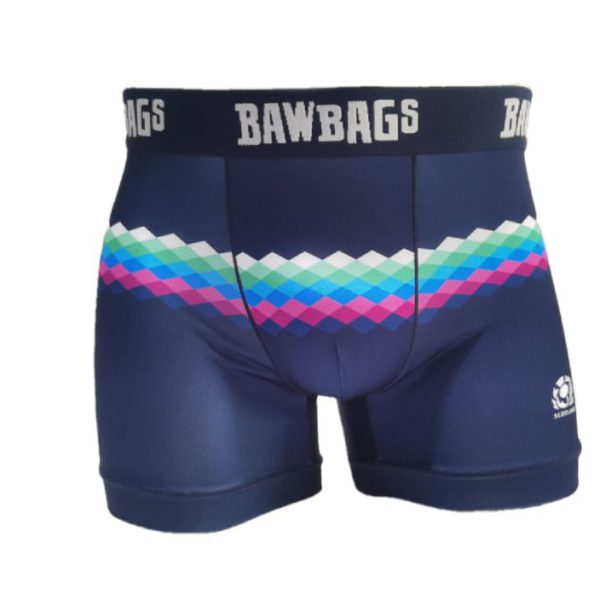Whether you produce swimsuits for women, men or kids, running a swimwear factory involves unique considerations to produce quality products that meet consumer demands. From design and material selection to manufacturing processes and quality control, here are some key aspects to understand when operating a swimwear factory.

Design
Attractive and on-trend design is crucial for swimwear sales. Your factory’s in-house designers create 2D patterns and specs that the cutters and sewers follow for construction. Functional details like supportive bands, comfortable linings and adjustable features also impact design. Your team should keep up with the latest styles, fits, silhouette trends and fashionable fabrics for each season. Producing exclusive designs for specific retailers also requires working closely with their merchandising teams.
Materials
The fabrics you choose greatly impact how your swimsuits perform and feel. Common materials include spandex, nylon, polyester, acrylic and cotton blends. Two-piece swimsuits for women often use more stretchy and durable fabrics like spandex and polyester while one-piece designs favor lower friction and quick-drying options like nylon. Fabric finishes like UPF protection, water resistance and chlorine resistance also vary by application and price point. Properly inspecting, treating and cutting materials is critical to end quality.
Cutting
Your swimwear factory’s cutters precisely follow pattern pieces to cut fabric layers for each suit. Stretchy swimsuit fabrics often require special serging and overlocking techniques. The cutter’s skills and attention to detail directly impact how well suits come together during sewing. An automated laser cutting machine can increase precision, speed and fabric yield if your volumes are high enough to justify the investment. Optimizing fabric use and minimizing waste also reduces production costs.
Sewing
Sewing swimsuits requires a combination of special techniques and serger or overlock sewing machines. Seams need to be flatlocked, enclosed or wrapped and stitched to avoid fraying and provide adequate stretch. The sewers assemble suit bases, tankini tops, bra cups and technical features like water-resistant zippers, adjustable tie straps and mesh linings. Higher quality swimsuits utilize more classic sewing techniques like french seams while budget suits rely more on welding and bonding.
Quality Control
Implementing thorough quality control measures throughout the manufacturing process is crucial for a reputable swimwear factory. Checks include visually inspecting cut pieces for defects, measuring seam allowances and checking stitch lengths during sewing. Fit models can trial the first samples of new styles. Finished suits should be checked for loose threads, fabric pilling, proper function of closures and comfort during wear testing. Second stage QC before packing helps catch any final issues.
Packaging & Labelling
How you pack and label your swimsuits for distribution reflects on your brand’s quality and professionalism. Hanging on foam hangers or rolling in tissue paper helps protect suit shapes. Accessories like bodysuits, coverups and towels can be bundled together. Secure zippered poly bags provide additional protection. Size labels, care tags and retailer info stickers ensure suits reach customers with proper care instructions and sizing. Tamper-evident seals and serialized security tags can combat counterfeiting for high-end brands.
Technology
Leveraging the latest textile manufacturing technology can increase your swimwear factory’s efficiency, precision, transparency and productivity. Tools like 3D designing and sample-making software, laser cutting machines, automated sewing robots, RFID product tracking, and data analytics platforms provide major benefits when the investment is feasible. However, old-fashioned sewing and cutting skills will always remain the backbone of any quality swimwear operation.


